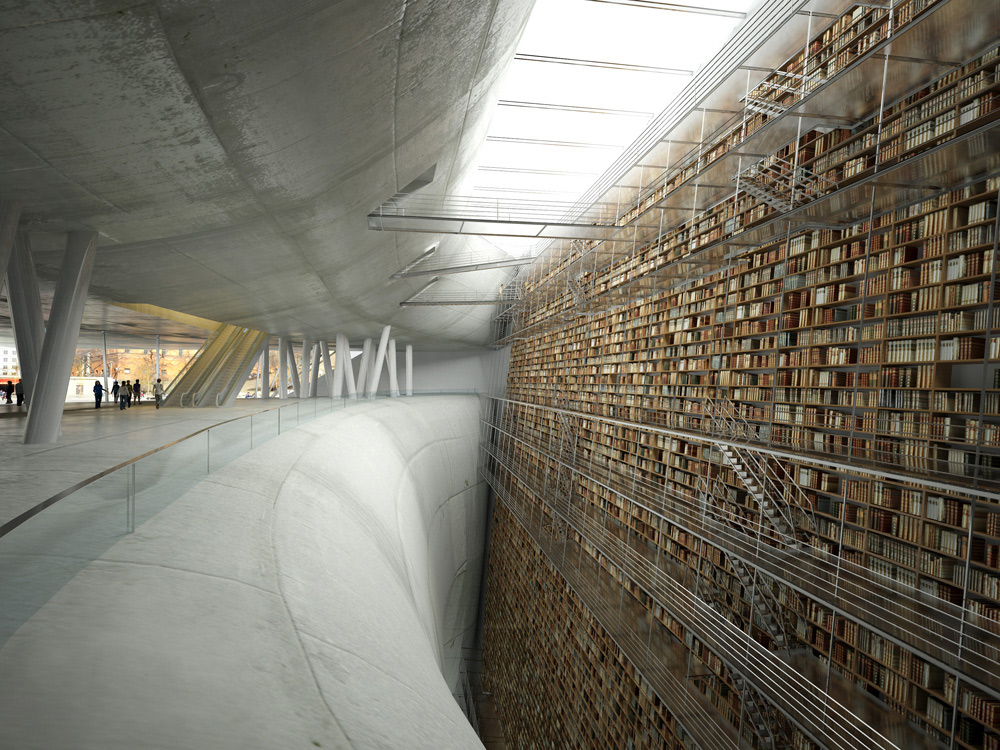Many contemporary films and literature depict the future as a dystopian society where technology has advanced to the detriment of human beings. However there are many insightful educational papers and research that predict a different scenario, where the advancement of new digital technologies contribute to the health and wellness of individuals, and builds connected communities who live in a more sustainable economy and environment.
The 21st century is defined not by mass consumption but by mass creativity, as we have new technologies that allow people to explore greater expression, create personalised experiences, and gain more knowledge through easy accessible and accurate information systems[1]. Furthermore these technologies are matched alongside social networking and community enhancing websites, which opens up new ways of sharing resources and living in a more sociable and connected community.
Imagine…
You now live in an economy based on information, services, experiences and solutions, in and through specific contexts. You value being able to customize this in a way that is personal and fitting to you, as an individual or as a group. Living as you do in a context economy, value is based on customization, adaptability and transformation [2].
Entering into a context economy means that ambient technologies become embedded into our everyday lives and instead of consuming goods and services, people are able to live with it side-by-side as it supports and facilitates daily living[3].
Making Future Magic is a short film collaboration by Dentsu London and Timo Arnall. It looks at a not too distant future where media is able to travel freely onto surfaces of everyday life and therefore can speak more frequently and quietly[4]. This film takes into account how social networking and the media have become a huge part of people’s daily lives, and as technologies continue to advance, it shows the possibility that these mediums can be highly integrated into ordinary objects. The products that are depicted in the film successfully portray the type of technologies that are now entering into the context economy where service, product and connectivity are all combined to create personalised experiences.
Don Norman discusses some of the dangers of intelligent devices and how future design should be focused on developing an optimal relationship between humans and machines. Making Future Magic is interesting because it shows a high integration of smart technology but it is not a dangerous integration, as the technology can co-exist with humans in an intimate and meaningful setting. This is the type of innovative thinking that businesses should implement when looking at technology as a means to innovate, and to understand that products are no longer valuable to consumers as much as the experience.
[1] Green, J. 2007, ‘Democratizing the future: Towards a new era of creativity and growth by Josephine Green’, paper presented to the IIT Institute of Design Strategy Conference, 17-18th May 2007.



